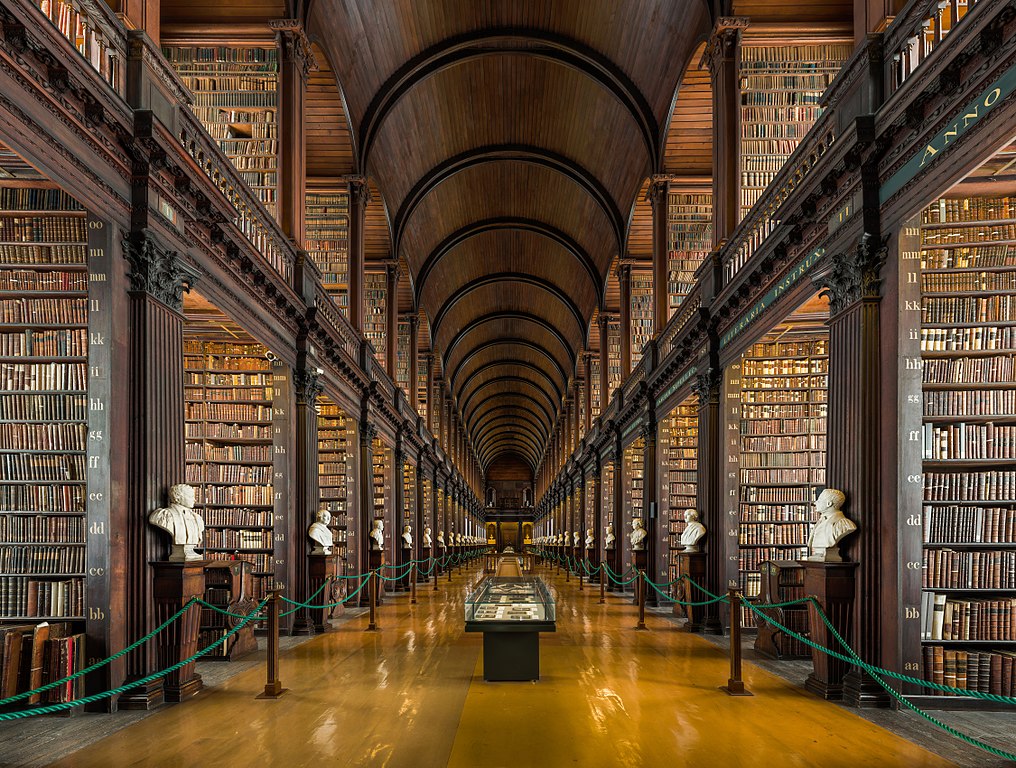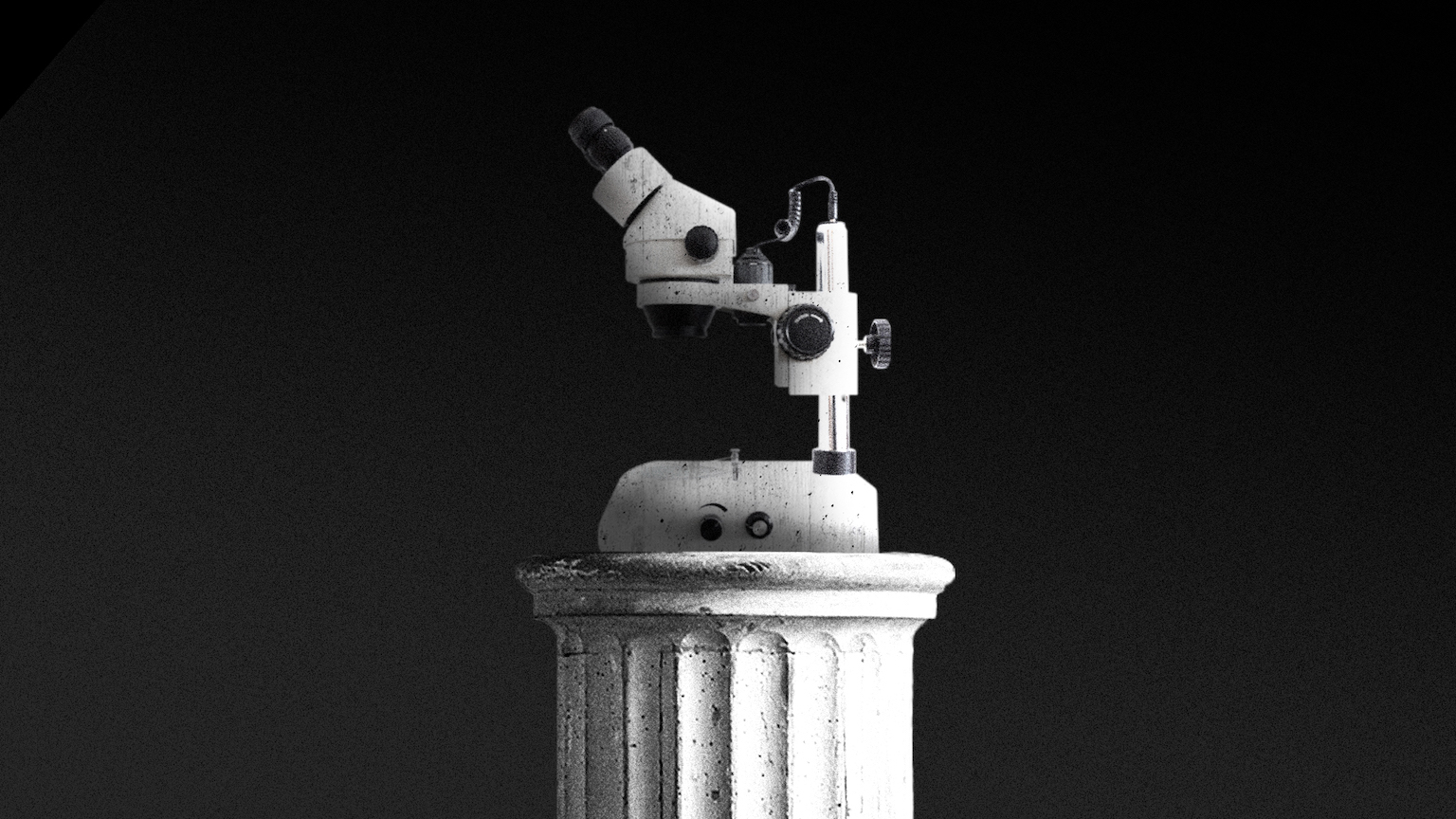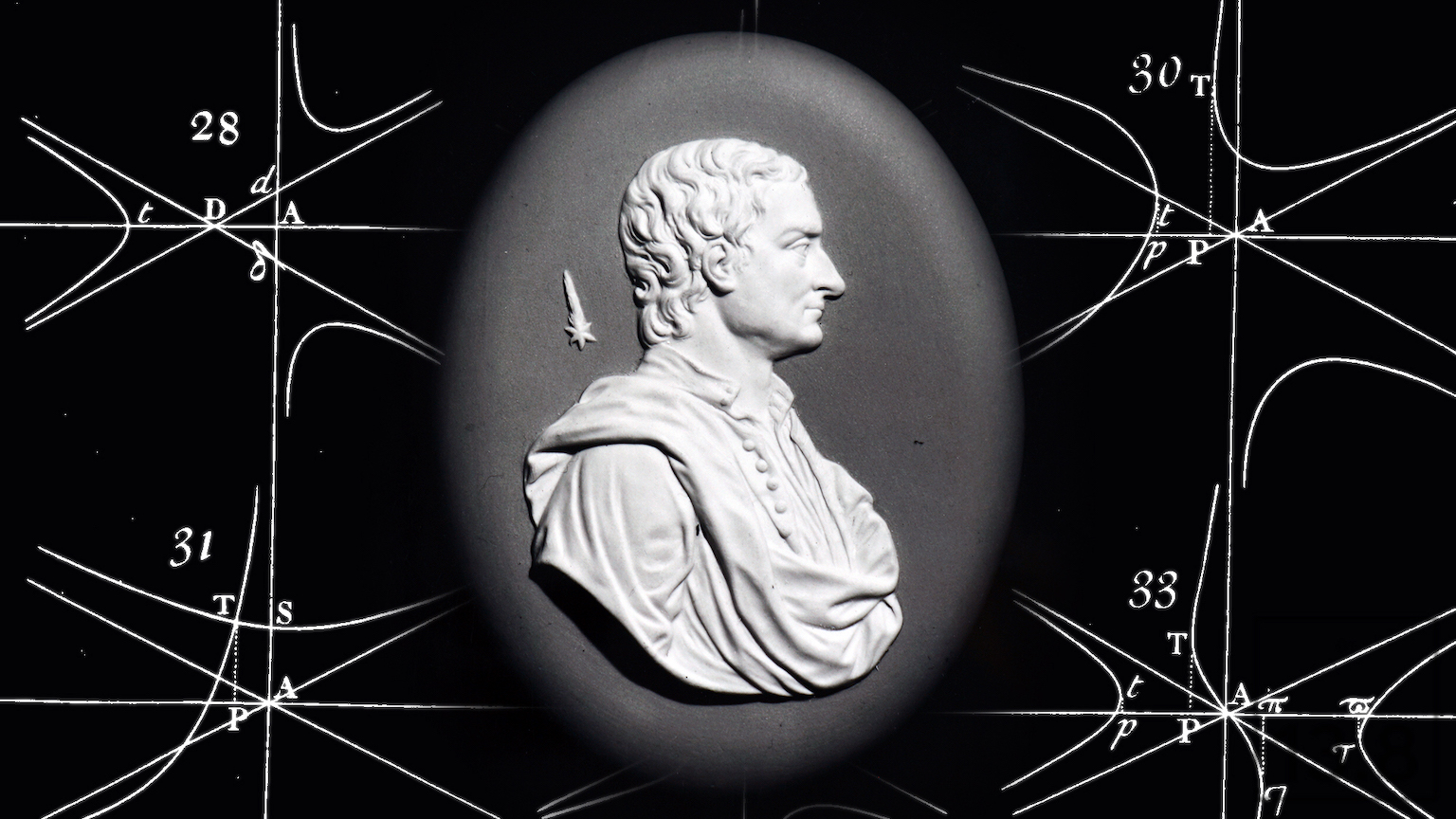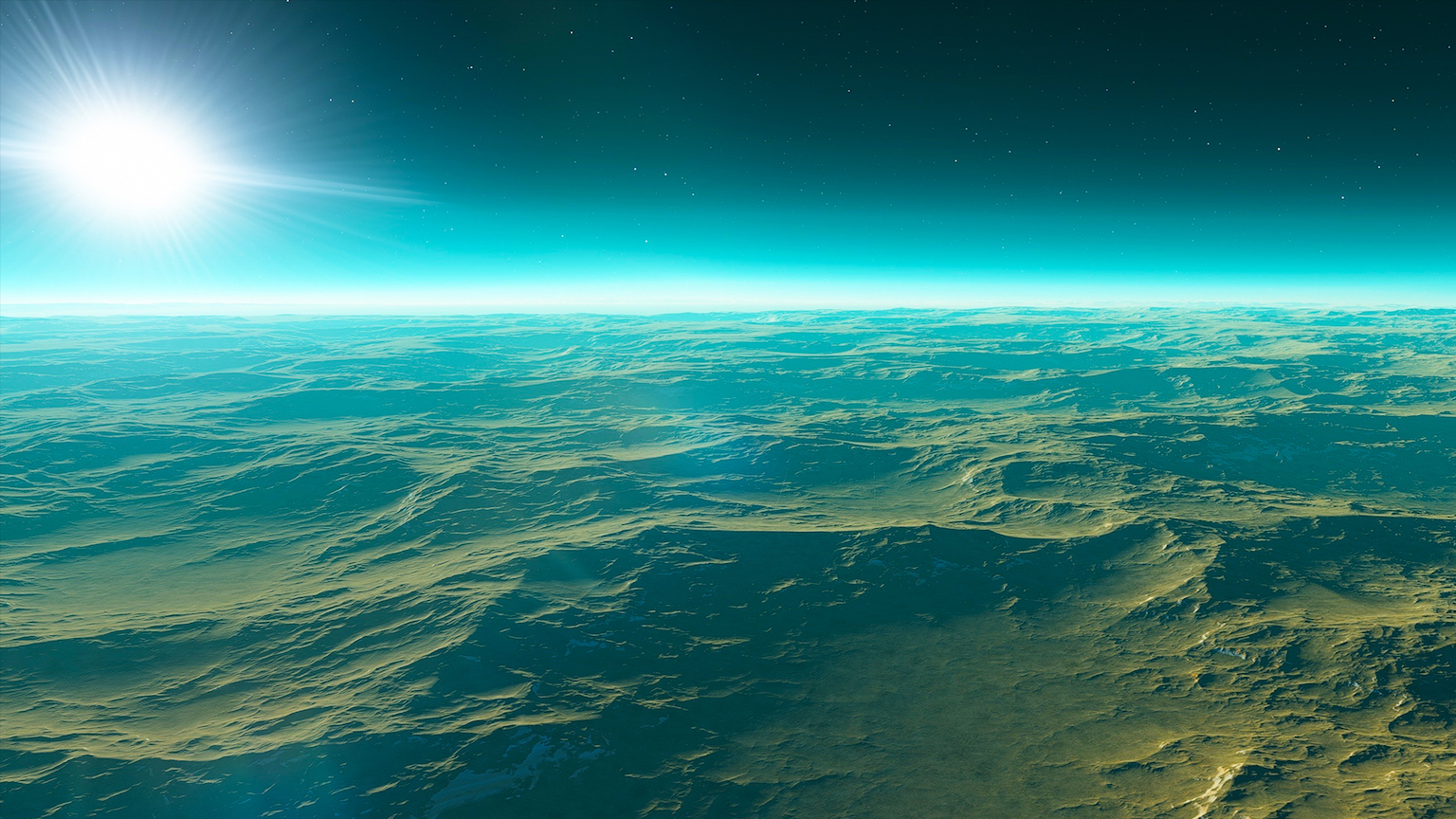Great minds don’t think alike: bringing sciences and the humanities together

- Science and the humanities have been increasingly antagonistic since the Enlightenment.
- This divide is a loss for all of us. It impoverishes our intellectual culture and leads to unnecessary prejudices and misunderstanding.
- There is a new culture emerging, inspired by questions old and new. Intellectuals of all disciplines are needed to guide this culture.
Sciences and the humanities inhabit parallel universes. Their pursuits of knowledge are mostly disconnected.
It was with the above in mind that in the fall of 2016, I joined neuroscientist Antonio Damasio and philosopher David Chalmers on the stage of the 92nd Street Y in Manhattan’s Upper East Side. We engaged in a conversation on the “Mystery of Consciousness.”
This was the first in a series of public dialogues that I conducted for the following five years in theaters and universities across the United States. They were part of the activities of the Institute for Cross-Disciplinary Engagement at Dartmouth, which I founded with generous funding from the John Templeton Foundation. Our mission was to bring scientists and humanists together in what I call constructive engagement.
We discussed some of the most challenging questions of our times. The topics could be quite abstract, such as physicist Sean Carroll and Buddhist teacher Alan Wallace discussing “What is the Nature of Reality?” Or they could tend to the more practical, like when neuroscientist Ed Boyden and writer Mark O’Connell led a session titled “What is the Future of Humanity in the Age of AI?” (All conversations were videotaped and are available here.)
The recently published book Great Minds Don’t Think Alike is a curated edition of these conversations, with added commentary. The volume includes eight of these conversations, which in some cases include questions from the audience. The topics are broad and timely, and the list of contributors is impressive. It includes Pulitzer and Templeton Prize winners, Guggenheim Fellowship and MacArthur Genius Grant awardees, and well known public intellectuals. I based this essay on my introduction to the book.
Promoting a civil discourse
We live in times when civil discourse is seriously threatened by bigotry and tribal entrenchment. My hope with the different activities related to the institute and with the conversations registered in this book was to show how people can engage in a fruitful exchange of ideas, even when there is disagreement.
Our motivation was the essential realization that certain big questions are too complex to be addressed one-dimensionally. Neither the sciences nor the humanities can answer these questions alone. As with many of the matters that define our time, they call for a pluralistic approach that combines different ways of knowing. (There are, of course, many questions that sit within the sole province of either the sciences or the humanities. For obvious reasons, these were not part of our dialogues.)
The selection of topics discussed is certainly not comprehensive. But hopefully it illustrates that the sciences and the humanities have much to say to one another in matters of great import to our collective future.
Beyond the two culture divide
“I believe the intellectual life of the whole of western society is increasingly being split into two polar groups.”
So wrote the British physicist and novelist C. P. Snow in his famous The Two Cultures Rede Lecture delivered at Cambridge University in 1959. Snow was mostly concerned with the divisions that marked his own personal and professional experience, for example those between the “literary intellectuals” and “physical scientists.” But the two-culture split has come to symbolize a wider and growing gulf in academia between the sciences and the humanities. The split is especially palpable in most universities. So is the strife it generates. It cuts directly to the heart of the liberal arts curricula of schools across the globe and to the widespread yet markedly wrong perception that the humanities are an anachronism in a world driven by technology.
A new understanding
The success of scientific enterprise and the consequent technologization of society have widened this divide between the two cultures. But its origins reach back beyond the Enlightenment and its discontents. The 17th century marked a turning point in human intellectual history. What we now call the sciences started to chart their own path away from the Greek philosophical tradition. Kepler, Galileo, Descartes, Newton, Boyle, and many others took off as natural philosophers, concerned with the workings of nature as their Greek and Islamic forefathers had been.
However, now they were armed with a powerful new methodology: Direct experimentation and data analysis empowered them to describe a variety of terrestrial and celestial phenomena with mathematical precision. Their spectacular success changed the way we understand the cosmos and our place in it. As a byproduct, that success carved a deep spiritual rift that has never been healed. If the human mind can understand the workings of the world without apparent limitations, what room then for mystery or spiritual questioning? If the world truly works like a machine, operating under strict mathematical logic, what room then for doubt, for free will?
Science as a culture
As influential thinkers promoted science as the sole source of “truth,” the humanities lost some of their clout. The rift between the two cultures gained momentum.
“Literary intellectuals at one pole — at the other scientists, and as the most representative, the physical scientists. Between the two a gulf of mutual incomprehension — sometimes (particularly among the young) hostility and dislike, but most of all lack of understanding,” wrote Snow.
Experts hid behind the jargon of their respective fields. They either talked past each other or worse, didn’t talk to each other at all. The frontiers of knowledge broadened, and academic departments multiplied. With them, walls began to separate experts into ever narrower subdisciplines.
Perhaps the greatest virtue of Snow’s essay was to describe science as a culture. And that it surely is, both within its practices and practitioners and as a driver of profound changes in humanity’s collective worldview. The relentless ascent of scientific thinking brought the contempt of many humanists who considered themselves as the only worthy intellectuals. Scientists are technicians, went their view; humanists are intellectuals. Most scientists returned the disdain, considering the humanities to be worthless for their intellectual pursuits. “Philosophy is useless,” well-known scientists have proclaimed. “Religion is dead.”
No more turf wars
We can see the tension most clearly when science encroaches on territory that has long been the province of humanists. It is common to hear that science is about nature, while the humanities deal with values, virtue, morality, subjectivity, and aesthetics — concepts that are harder to quantify, leaving traditional science with little or nothing to add. For example, to describe love as a set of biochemical reactions resulting from the flow of a handful of neurotransmitters through certain regions of the brain is important. Yet it does very little to describe the experience of being in love.
Such polarizations are deeply simplistic and are growing less relevant every day. Developments in the physical, biological, and neurosciences now leave such narrow-minded antagonism looking problematic and corrosive. It limits progress and inhibits creativity. Many of the key issues of our times – the questions explored in the book are an illustrative sample — call for a constructive engagement between the two cultures.
It is our contention that the split between the sciences and the humanities is largely illusory and unnecessary. We need a new integrative approach.
Finding where disciplines meet
We must reach beyond traditional disciplinary boundaries and create truly cross-disciplinary ways of thinking. It is no longer enough to read Homer and Einstein or Milton and Newton as disjoint efforts to explore the complexities of the world and of human nature.
The new mindset proposes that the complexities of the world are an intrinsic aspect of human nature. In other words, we process this complexity as we experience reality. We cannot separate ourselves from the world of which we are a part. Any description or representation, any feeling or interpretation, is a manifestation of this embedding. Who we are and what we are form an irreducible whole.
It is more than just academic questions that call for the sciences and humanities to come together. Consider for instance the future of humanity as we move toward a more thorough hybridization with machines. To take one example, we currently extend our physical existence in space and time through our cell phones. Many scientists and humanists consider futuristic scenarios where we will transcend the body, becoming part human, part machine. Some even speculate that a singularity point will arrive when machines will become smarter than we are. (They are vague, however, on the meaning of “smarter.”)
A wiser model of progress
The implications of this progress call into question the wisdom of certain scientific advances. They elicit issues related to machine control; the ethics of manipulating humans and all life forms; the impact of robotization and artificial intelligence in the job market and in society; and our predatory relationship to our home planet.
There is a new culture emerging, inspired by questions old and new that reside at the very core of our pursuit of knowledge. The choices we make now as we shape our curricula, create academic departments and institutes, and engage in discussions with the general public, will shape the nature of intellectual cooperation for decades to come.
This article is an excerpt adapted from the book Great Minds Don’t Think Alike. It is republished with permission of the author.





